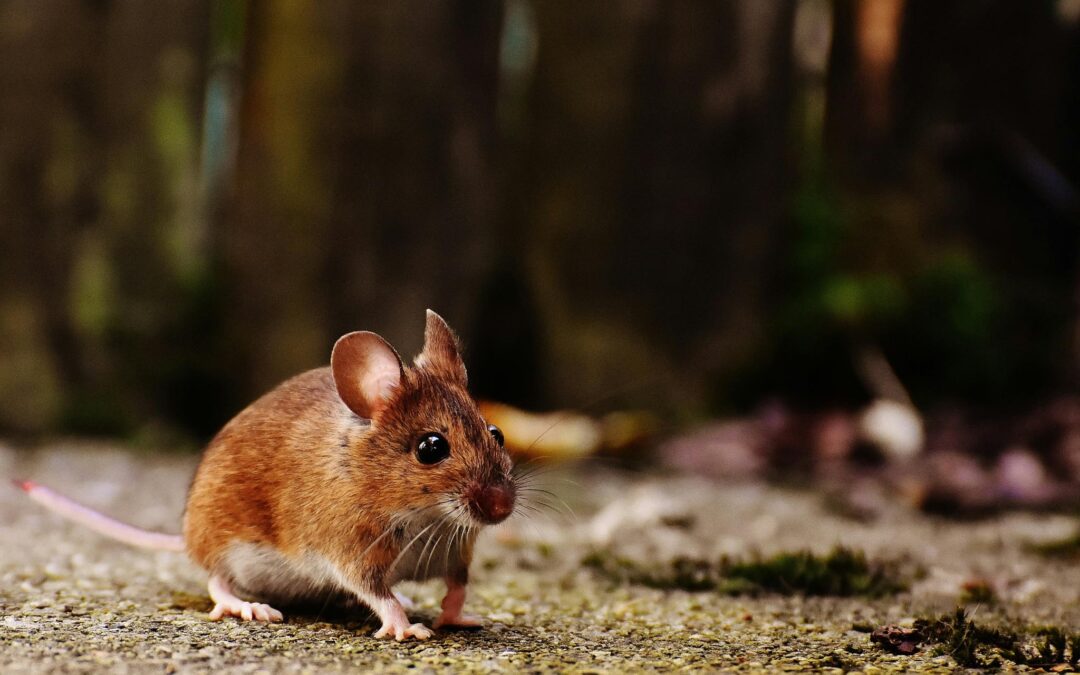At Nature and Wildlife Solutions, we often hear from homeowners unsure if they’re dealing with voles or mice. While these two small rodents may look similar at first glance, they have some key differences in appearance, behavior, and habitat. Understanding these differences is essential for correctly identifying the problem and determining the best approach for control.
1. Appearance: Spot the Differences
Voles:
- Stockier, more compact bodies
- Short, blunt noses
- Small eyes and ears, often hidden in their dense fur
- Short, hairy tails (much shorter than a mouse’s tail)
- Fur tends to be coarser
Mice:
- Slender, streamlined bodies
- Pointed noses
- Large, prominent eyes and ears
- Long, thin, mostly hairless tails (about as long as or longer than their bodies)
- Fur is usually softer and smoother
2. Behavior & Habitat
Voles:
- Prefer grassy fields, meadows, and woodland edges
- Live in burrows and tunnels under the ground
- Active both day and night, but most active at dawn and dusk
- Known for making visible runways or tunnels in grass
- Primarily feed on grasses, roots, seeds, and tree bark
Mice:
- Thrive in a wide range of environments, from forests and fields to inside homes and buildings
- Mostly nocturnal
- Nests can be found in walls, attics, barns, or outdoor burrows
- Omnivorous: eat seeds, fruits, insects, and human food scraps
3. Ecological Role & Impact
Voles:
- Important prey for owls, foxes, snakes, and other predators
- Can damage crops, gardens, and girdle young trees by chewing bark
- Underground tunneling aerates the soil, which can be beneficial
Mice:
- Also a vital prey species for many predators
- Considered common household and farm pests
- Can spread diseases and contaminate food supplies
What Does This Mean for You?
While both voles and mice can cause problems, they require different control strategies. Voles are typically an outdoor issue, damaging lawns, gardens, and trees with their burrows and chewing. Mice, on the other hand, are more likely to invade your home, especially during colder months, and can quickly become a serious health concern.
